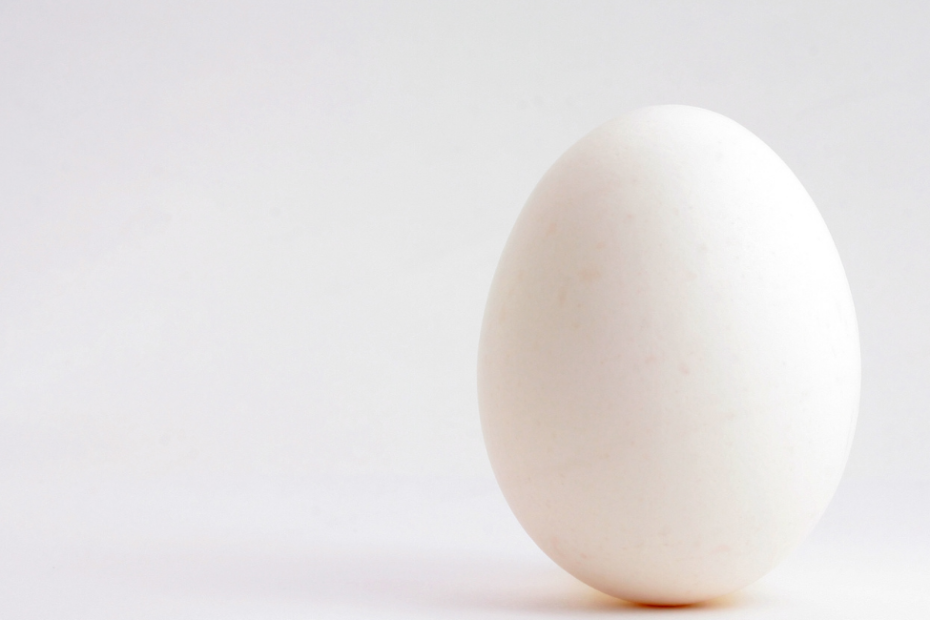Currently Empty: $0

FOOD TECHNOLOGY (07/09/2021)
Q1. The Pigment Responsible For The Color Of The Eggshell Is _________.
A. Xanthophyll
B. Carotene
C. Ovoflavin
D. Ooporphyrins
ANSWER – D. Ooporphyrins
- Explanation- The Color-Giving Compounds In The Eggshell Are Ooporphyrins, Which Are Derivatives Of Hemoglobin And Give The Shell A Brown Hue, And Oocyanin, Which Is A Byproduct Of Bile Synthesis And Gives The Shell A Bluish-Green Color. The Eggshell Takes On Varied Shades Of Color Depending On How These Two Components Are Combined In Varying Proportions. The Hue Of An Eggshell That Lacks These Two Pigments Is White. The Color Of The Shell Is Determined By These Genes. The Pigment Responsible For The Color Of The Eggshell Is Ooporphyrins.
READ MORE – FOOD TECHNOLOGY (07/08/2021)
Q2. Yolk Constitutes Around _________ Of The Total Liquid Weight Of The Egg.
A. 20%
B. 33%
C. 39%
D. 42%
ANSWER: B. 33%
- Explanation: The Yolk, Or Yellow Part, Accounts For Approximately 33% Of The Egg’s Liquid Weight. It Has All The Fat And A Bit Less Than Half Of The Protein Of An Egg. The Yolk Contains A Bigger Amount Of The Egg’s Vitamins Than The White, Apart From Riboflavin And Niacin. The Yolk Also Contains More Calcium, Copper, Iron, Manganese, Phosphorus, Selenium, And Zinc Than The White.
READ MORE – FOOD TECHNOLOGY (17/08/2021)
Q3. The Number Of Layers Present In The Egg White Is __________.
A. 2
B. 3
C. 4
D. 5
ANSWER – C. 4
- Explanation – Albumen Is The Name For The Egg White, Which Derives From The Latin Word Albus, Which Means “White.” In Addition To Water, Four Alternating Layers Of Thick And Thin Albumen Include Roughly 40 Distinct Proteins, Which Are The Major Components Of The Egg White. The Inner Thick Or Chalaziferous White, The Inner Thin White, The Outer Thick White, And The Outer Thin White Are Identified From The Yolk Outward.
READ MORE – FOOD TECHNOLOGY (27/08/2021)
Q4. The Inside Surface Of The Shell Is Lined By A Mucous Layer Also Known As The Protective Layer Called __________.
A. Cuticle
B. Chalaza
C. Germinal Disc
D. All Of The Above
ANSWER: A. Cuticle
- Explanation: Shell Serves As A Protective Barrier Against Germs And Other Pollutants. As The Egg Ages, The Shell Develops Many Holes That Allow Moisture And Carbon Dioxide To Escape While Allowing Oxygen To Enter. A Mucous Layer, Also Known As A Protective Coat And Called Cuticle Or Bloom, Lines The Inside Surface Of The Shell. The Cuticle Protects The Egg’s Freshness By Obstructing The Pores On The Shell.
READ MORE – FOOD TECHNOLOGY (31/07/2021)
Q5. Which Among The Following Can Be Used As A Vegetarian Source Of Egg In Baking?
A. Flax Seeds
B. Sunflower Seeds
C. Watermelon Seeds
D. Sesame Seeds
ANSWER – A. Flax Seeds
- Explanation – The Outer Shell Of Flax Seeds Is Made Up Of Five Layers. The Epiderm, Or Outermost Layer, Includes A Mucilaginous Substance That Accounts For Around 8% Of The Flax Seed’s Weight. This Goopy Substance, Termed Mucilage Or Gel In The Food Science Industry, Can Be Extracted From The Seed In A Variety Of Ways And Utilized As An Egg Substitute In A Variety Of Vegan Baking Recipes.
READ MORE – FOOD TECHNOLOGY (06/09/2021)

 0
0

